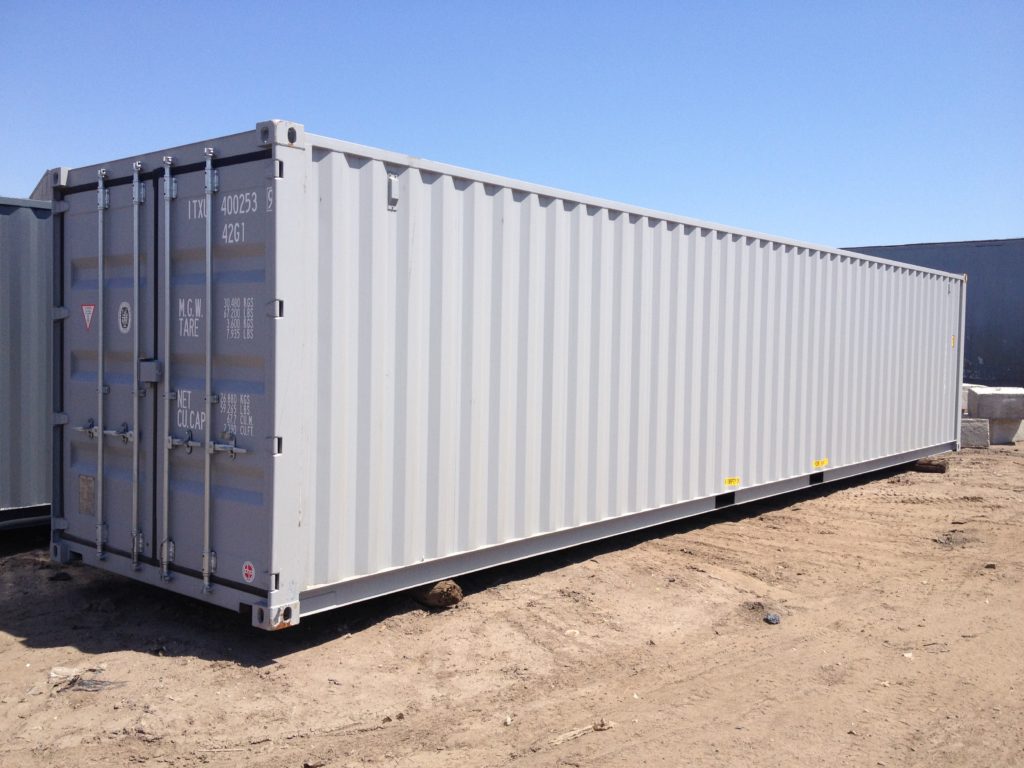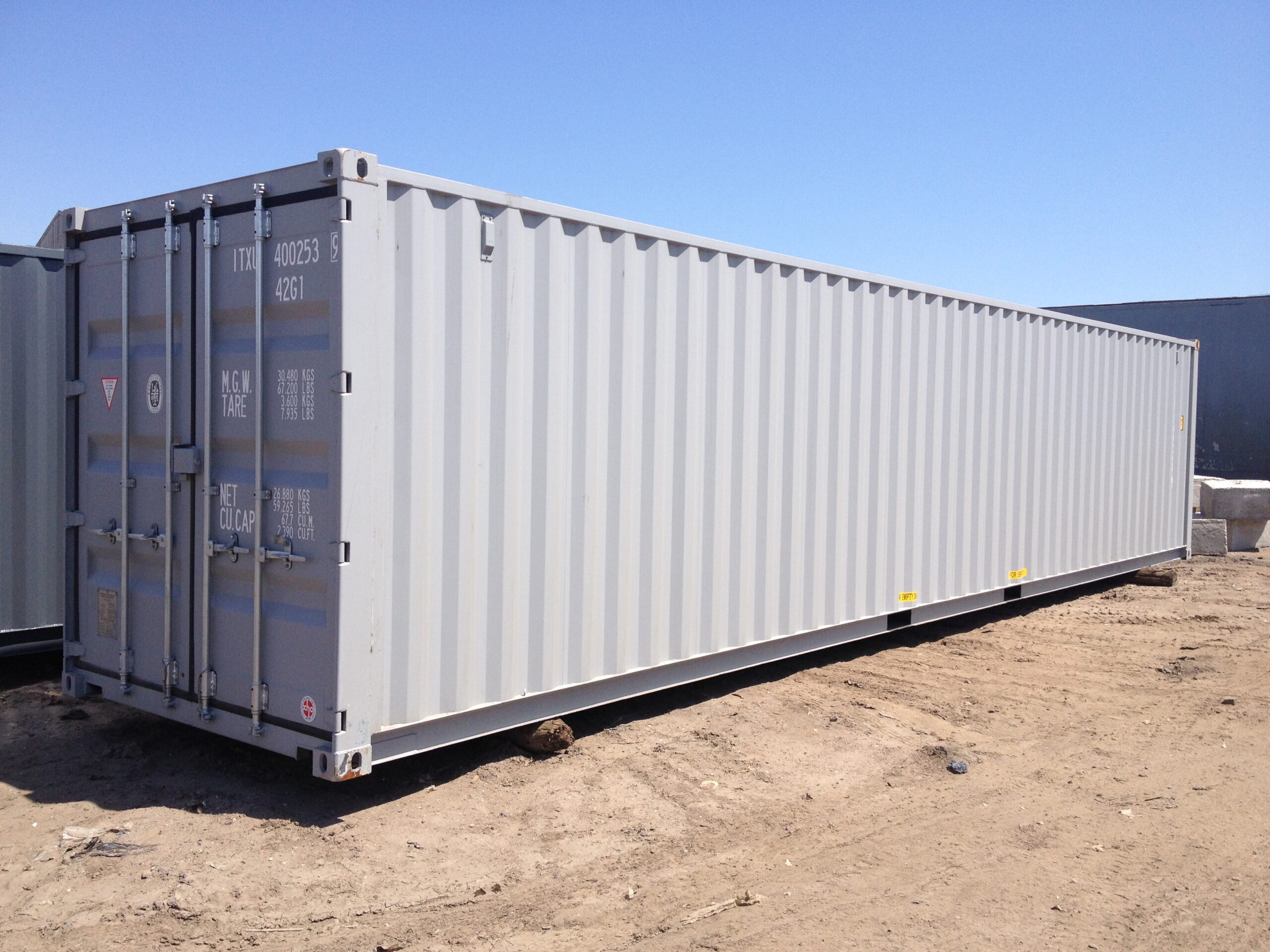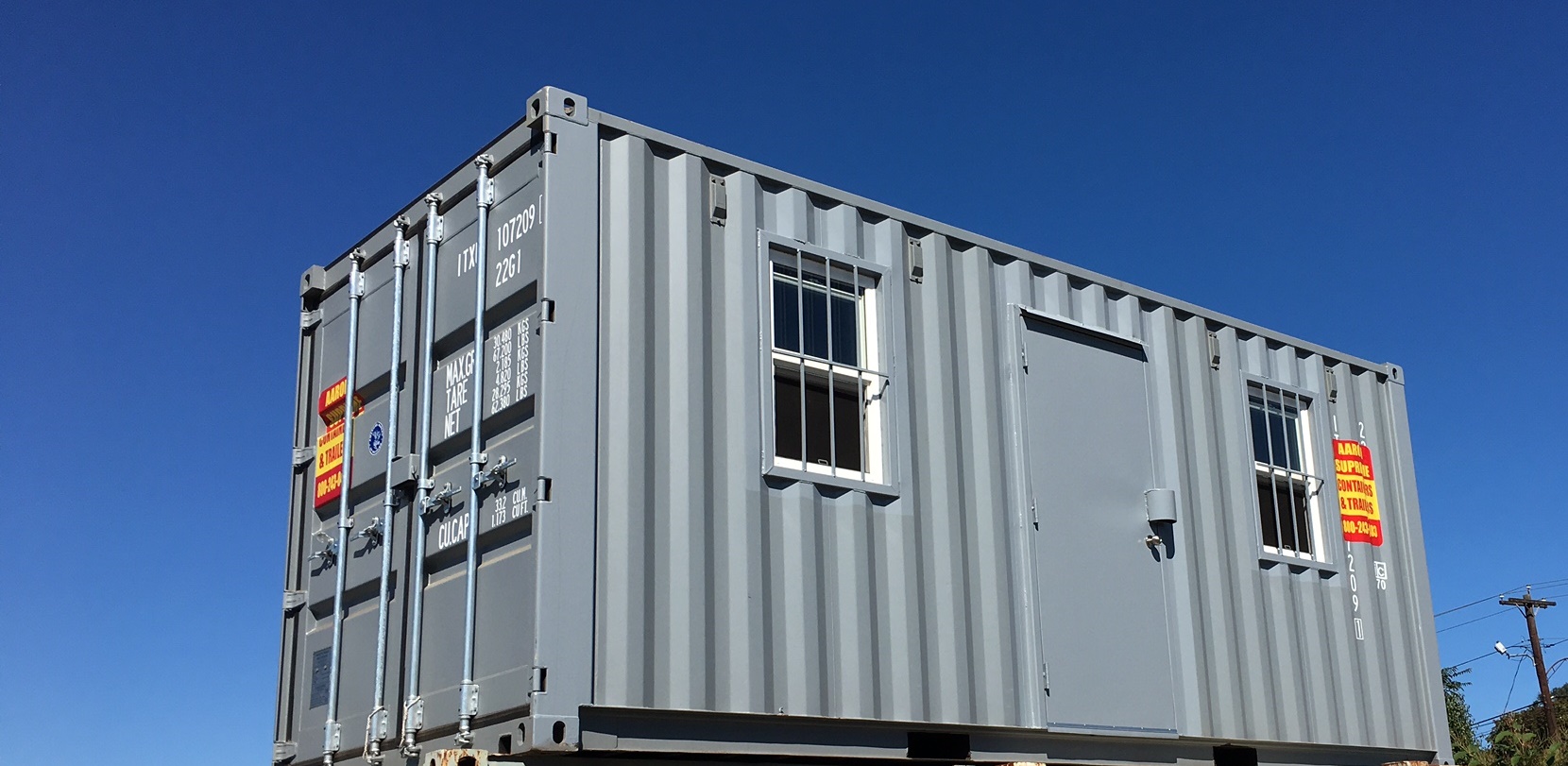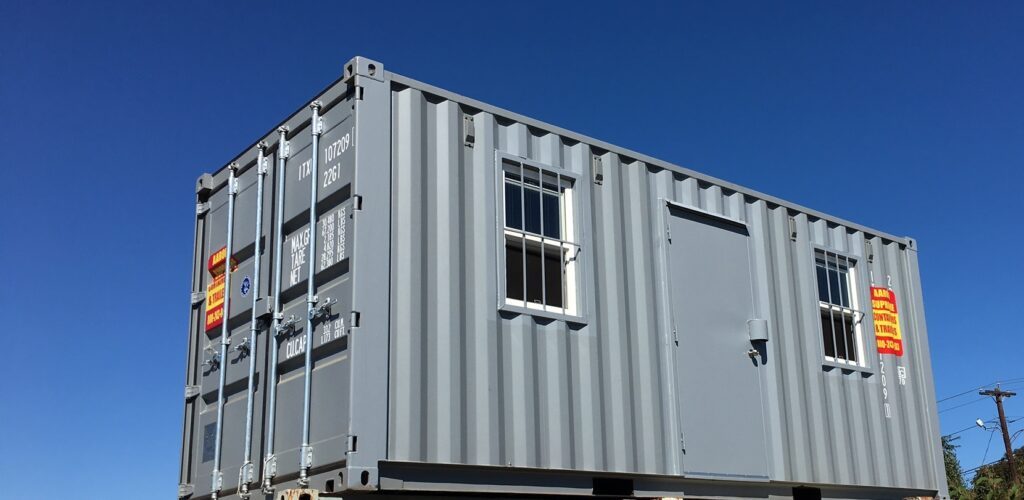
Over half a million storage containers are stranded on cargo ships while hundreds of storage container ships are at a standstill at sea. The time it takes to unload the cargo containers has nearly doubled. This is causing a world-wide shipping container shortage.
But why?
It’s hard to give a concrete answer to the shipping container shortage. There’s a few factors, including decision making and consumer behaviors, that have been made within the industry and global trade market; however, there’s one common denominator that has imposed an unprecedented fracture to global trade, shipping lines, and the storage container industry.
Either way, we’re seeing an unnerving ripple effect of product shortages and price hikes. It’s not just the ports and cargo ships either. They’re just in the spotlight. The entire global trade market and container shipping industry is being affected. This includes the trucking industry and railroad systems too.
How the Storage Container Shortage Started
According to multiple reports, the reason for the storage container shortage stems mainly from the COVID19 pandemic. As the deadly coronavirus raged around the world dwindling and terrorizing populations, country after country took extreme measures:
- Lockdowns took effect.
- Productions shut down.
- Restrictions were put in place.
- Regulations mandated.
When the lockdowns took effect, nothing was allowed to go in or out of countries. Cargo ships and storage containers had to stay put. This became a problem when countries started to open, like China, but others still remained closed, like America.
Meanwhile, a workforce dilemma soon emerged. Factories shut down. Workers were falling ill – sometimes fatally – from the coronavirus. Truckers were in short supply. As these problems persisted, production diminished. Meanwhile, cargo containers from China, Italy, Spain, and others that were reopening were shipped out to countries that were still closed. This caused a pile up. In turn, cargo ships tried to reroute to other ports causing even more of a disarray.
The Impact of the Storage Container Shortage
While a health crisis was underway, a future economic hurdle was brewing with the shipping industry at the forefront. Now, with the shipping crisis in full mode, it’s created a widespread impact in multiple ways including:
- Increased prices
- Shortage of goods
- Rising freight rates
- Containers being sent back empty
- Businesses unable to ship their products
While the world continues to deal with the COVID crisis, it’s hard to imagine the shipping container industry getting back to smooth sailing any time soon.
The Future of the Storage Container Industry
Unfortunately, industry leaders aren’t forecasting an end until late 2022. However, some companies have been making adjustments to better handle the situation. Shipping company Hapag-Lloyd turns the fridge component off in their reefer containers so they can use it for dry goods. It’s made a positive impact but not enough to turn the storage container shortage around. It’s going to be a slow and steady process. Government officials are trying to combat COVID19, workers are returning to work, and more storage containers are being made.
Going forward, industry leaders – including those in trucking and rail – see a need for bigger changes to be made so that this never happens again. Some of those changes include more transparency, better communication, and advanced container booking systems.
About Aaron Supreme Commercial & Home Storage Containers
Aaron Supreme is a dominant supplier of storage containers for commercial and residential uses. We sell and rent new and used shipping containers in a variety of sizes. Need it modified or repaired? We do that too! Call us to see what’s available and how we can help you with your storage needs: 1-800-243-0403.



